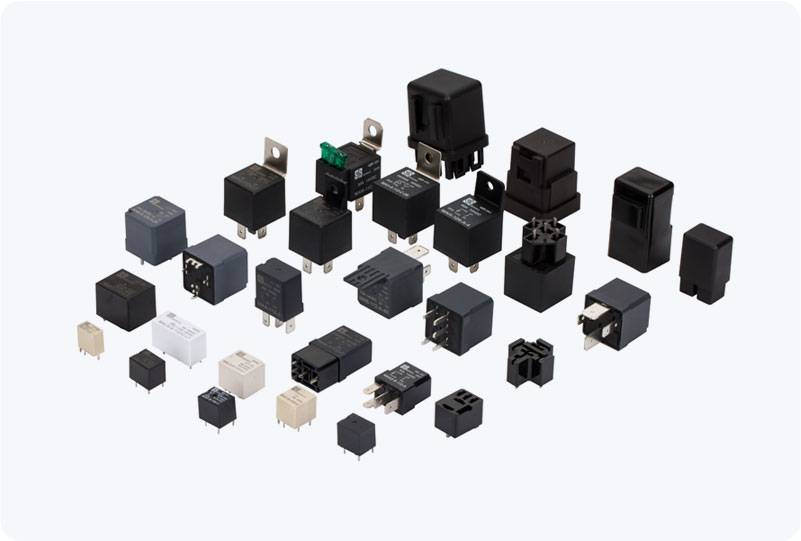overload protection relay: a crucial component for electrical system safety
Release time:2025-05-08 00:18:28
In electrical systems, safeguarding equipment from the risks of overloading is crucial for maintaining optimal performance and avoiding costly damage. One of the key components that ensures this protection is the Overload Protection Relay (OPR). This device is designed to detect excessive current or load in an electrical circuit and activate protective measures before severe damage occurs to electrical machinery or wiring. The following article explores the working principle, importance, and applications of Overload Protection Relays in modern electrical systems.

Understanding Overload Protection Relay
An Overload Protection Relay is a safety device used primarily in electrical circuits to protect motors, transformers, and other sensitive equipment from prolonged overcurrent conditions that could lead to overheating, malfunction, or even catastrophic failure. The basic function of the OPR is to continuously monitor the current in a circuit and compare it to a preset threshold. When the current exceeds this threshold for a specific amount of time, the relay is triggered, signaling the disconnect of power to the circuit or the activation of another protective measure.


